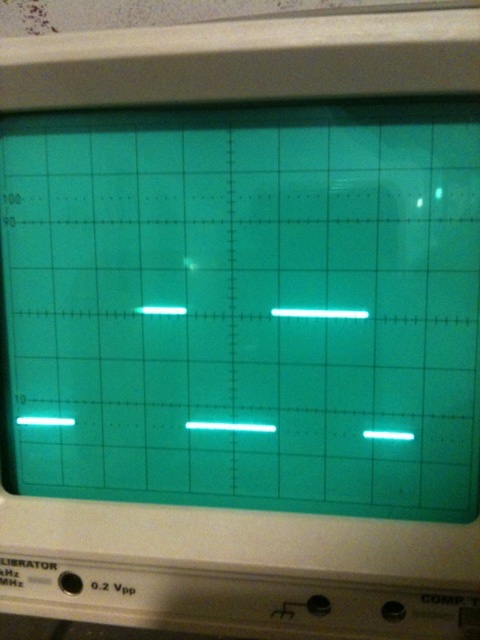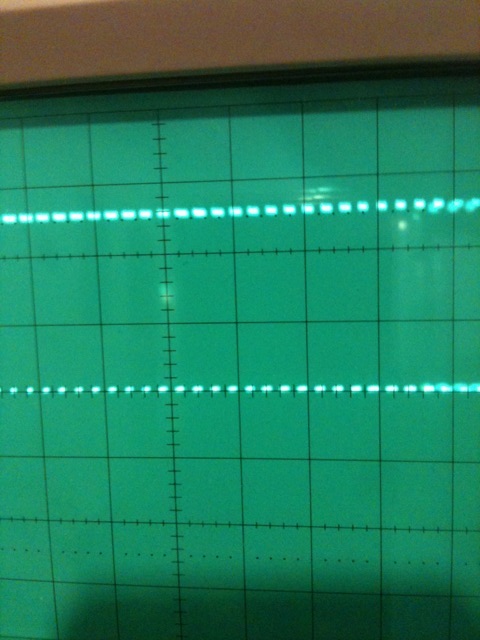Follow along with the video below to see how to install our site as a web app on your home screen.
Note: This feature may not be available in some browsers.









Here you have a possibility to attach anything you want.anybisi said:Hi
how do i attach the schematics and the program i got from the net
thanks






